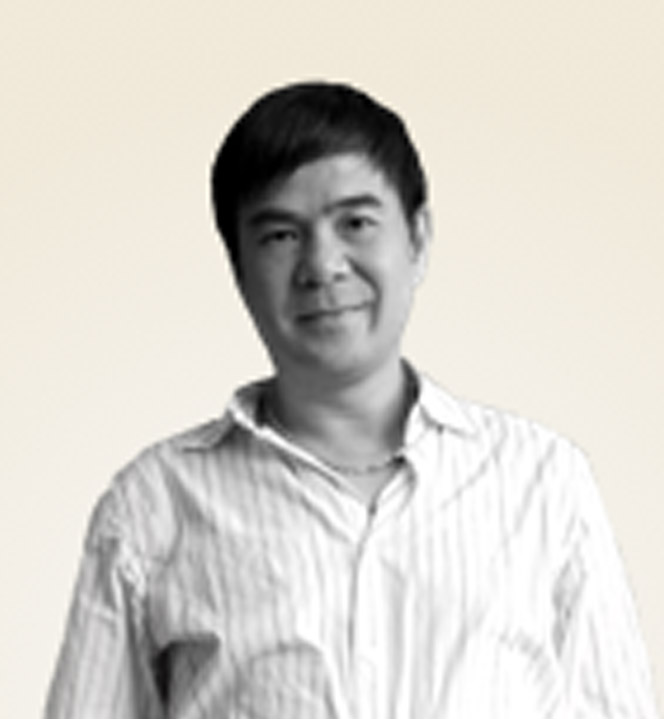
On October 21, 2017 David Cai of the Courant Institute succumbed to illness at the early age of 54.
One cannot possibly give a comprehensive description of someone else’s life, contributions, and meaning to others, since such attempt would inevitably leave out something essential, which would then inadvertently be diminished by its omission. This is certainly true for David’s remarkable life. I am thus writing this knowing that I am leaving out contributions of importance both to David and to others.
David had a profound influence on myself and others at Los Alamos National Laboratory (LANL) during his early career, which was a period when I was fortunate to spend considerable time with him. David’s complex personality of honesty, elegance, breadth, competency, and extraordinary kindness allowed him to interact broadly with many research fields and many colleagues.
One of his early interests as a graduate student was the study of excitations in nonlinear equations and lattices; a field in which he immediately excelled in and around the Center for Nonlinear Studies (CNLS) and the Theoretical Division at the Laboratory. I believe this was the time when he developed a sincere appreciation for the interplay between theory and computation in nonlinear dynamics; an appreciation that he kept and continued to develop throughout his career.
Combining his analytical skills with simulation work, one of David’s office hobbies during those years of emerging computational desktop tools was to compete with a computer on the speed of evaluating analytical expressions for indefinite integrals that came up in his perturbation analyses.
David’s interests and capabilities reached far beyond his impressive analytical skills. His intuition about physics and dynamics was exceptional. His early work on nonlinear Schrödinger systems quickly broadened to models of surface growth, wave guides, and sine-Gordon systems, where he made key contributions to the understanding of contemporary experiments in, e.g., superconducting Josephson technology.
After his graduate work, David got involved in radiation damage and ion implantation into crystalline semiconductors. Here, he made crucial contributions to the understanding of how models of electronic stopping should be parameterized and implemented into both binary collision approximations and molecular dynamics simulations for predictive modeling of dopant density profiles of irradiated materials; work that eventually helped predict — not just explain — experimental data of interest to both industry and the Laboratory.
As a young scientist much of his work at LANL was conducted in close collaboration with others, but David always became a central contributor to collaborations and discussions. His enthusiasm for exploration in both science and life was inspiring. His influence has stayed with me since those days, and I suspect that this is true for many others as well.
After leaving Los Alamos, David explored further into other areas, such as neuroscience and networks, where he became a significant scientific engine and a role model for many on more than one continent. I was merely a distant spectator and admirer for that part of his life; a life for which many personal testimonials can be found at http://ins.sjtu.edu.cn/for-david/.
David Cai is missed by many, far and wide.